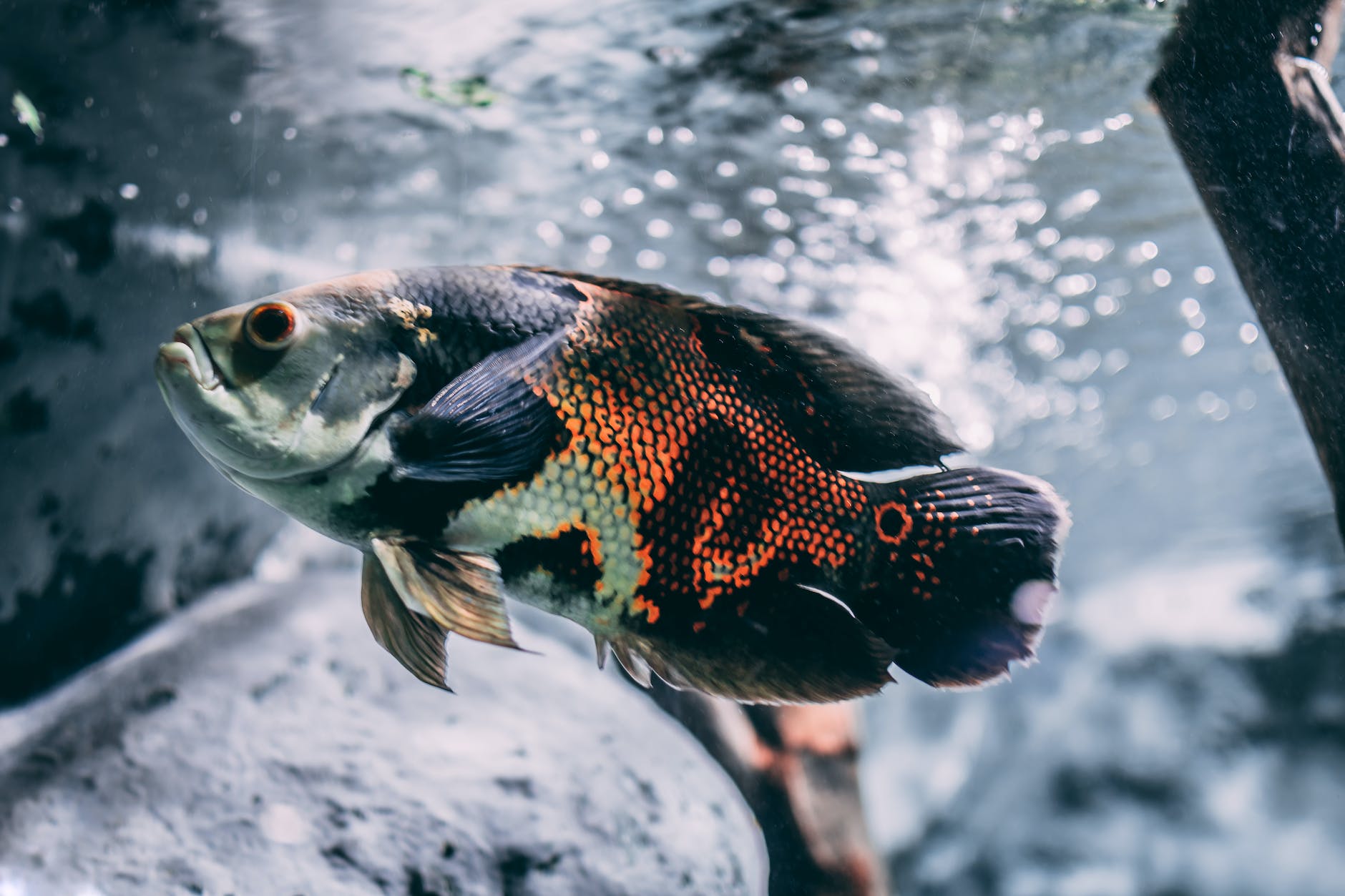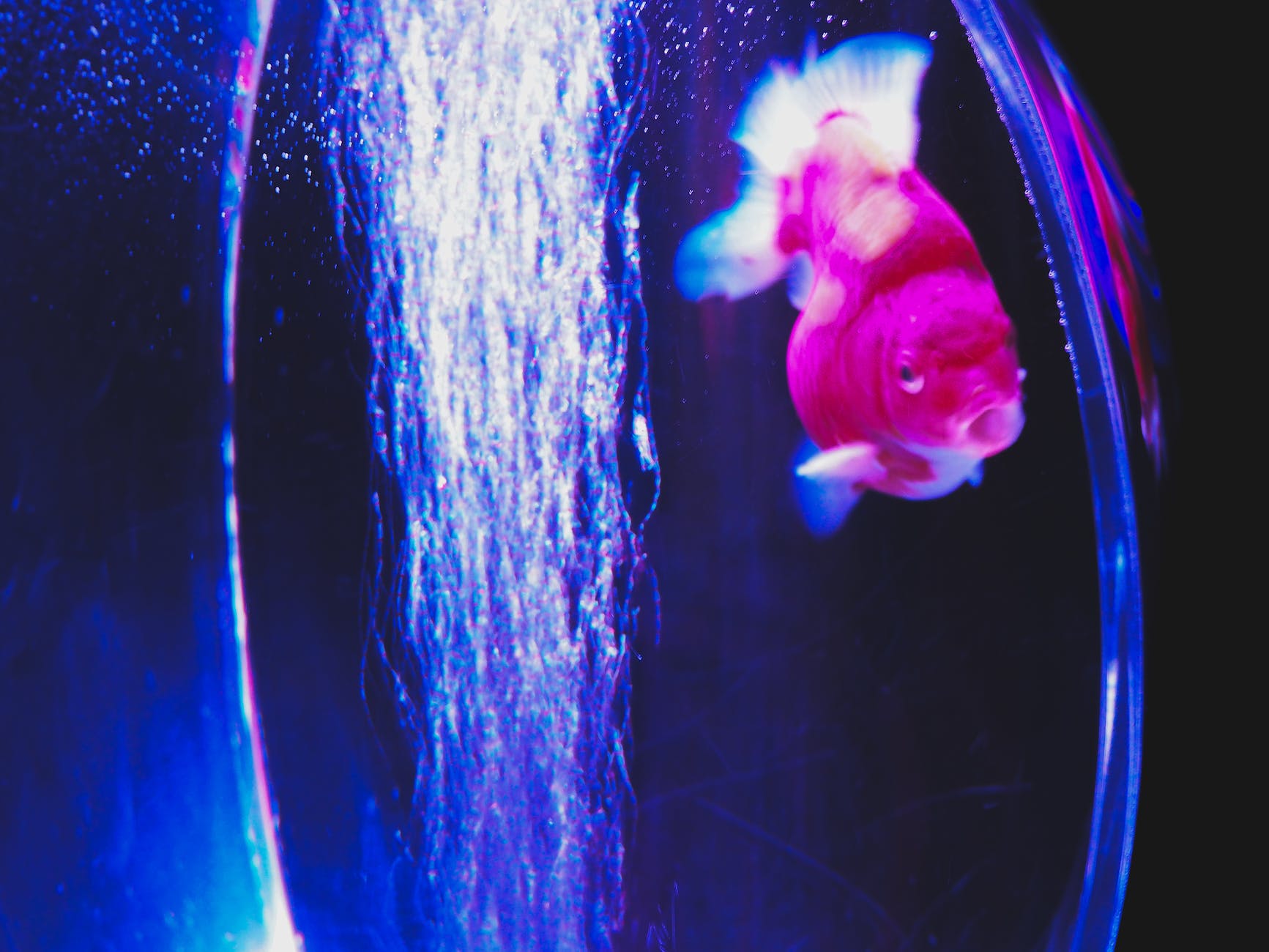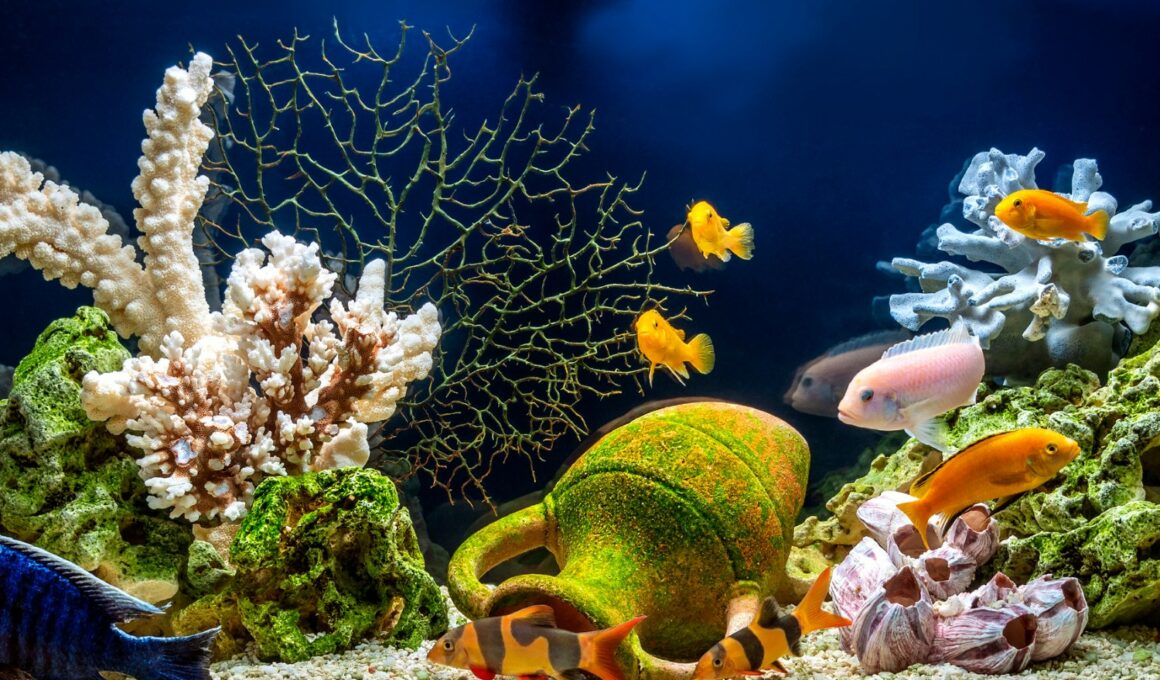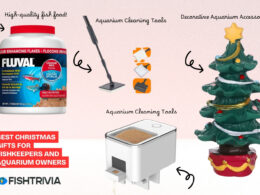In this article Show
When it comes to our underwater friends, we all want to ensure their safety and well-being. But amidst the myriad of products in the market, it can be challenging to distinguish between fish-friendly and those that may pose a risk.
Flex seal, renowned for its ability to seal and protect many surfaces, has recently gained popularity. However, the safety of this innovative product for aquatic inhabitants remains a topic of debate.
Some believe that the chemical compounds in Flex Seal may leach harmful substances into the water, potentially jeopardizing the delicate ecosystem of fish tanks or ponds while others are of a different opinion. This, however, has led us to the curious query; Is Flex seal safe for fish?
No, flex seal is unsafe for fish in the aquarium as the product never claims to be fish-safe. Nonetheless, it is argued that once cured, the flex seal forms a durable and inert seal that is unlikely to release any harmful compounds into the water.
Even though proponents contend that its waterproof properties help maintain a controlled and stable aquatic environment, benefiting the fish, there is still so much to learn about Flex seal.
With that said, let’s dive deeper into the matter, exploring the potential effects of Flex Seal on our finned friends which will ultimately help you determine whether it poses a genuine threat to their well-being or not. So hang in there!

Brief Overview Of Flex Seal
Flex Seal is a popular and versatile liquid coating that is designed to seal and protect a wide range of surfaces. It comes in liquid form, allowing for easy application by brush, roller, or spray. Once applied, it forms a flexible, waterproof seal that helps prevent water, air, and moisture from penetrating surfaces.
Flex seal is known for its renowned ability to fix cracks and other surface imperfections. It can be used on a variety of materials including metal, wood, glass, concrete, and more. The product boasts durability and promises to withstand extreme temperatures and harsh weather conditions.
Besides its sealing capabilities, the flex seal is also praised for its versatility. It can be used for various projects, both indoors and outdoors, making it a go-to choice for DIY enthusiasts and professionals alike.
However, it’s important to note that the safety and compatibility of Flex Seal with specific applications and environments, such as fish tanks or aquariums, should always be thoroughly researched and considered before use.
Is It Okay To Use Flex Seal In The Aquarium?
Yes, using flex seal liquid to fix leaks and cracks in the aquarium is practically okay. However, it is best to ensure it is completely dried up or cured before exposing your fish or water life to this substance.
Flex seal can undoubtedly provide a waterproof seal and potentially benefit the aquatic environment, but raising concerns about potentially leaching harmful chemicals into the water can’t be helped.
It is important to note that the safety and compatibility of flex seal with fish tanks or aquariums have not been definitively established so it is safer to try as much as possible not to expose your aquatic friend to the potential dangers of flex seal.
Potential Risks Of Flex Seal To Fish
While flex seal is primarily designed for sealing and protection purposes, there are potential risks associated with its use in fish tanks or aquariums. It’s important to know these potential risks and make informed decisions. That said, here are some of the potential risks of using flex seal in your aquarium;
1. Chemical Leaching
There is a concern that the chemical compounds in Flex Seal could leach into the water over time, potentially posing a risk to the health of the fish. These compounds may include solvents or additives that could be harmful if ingested or absorbed by the fish.
2. Disruption of Ecosystem Balance
Introducing any foreign substance into an aquarium can disrupt the delicate balance of the aquatic ecosystem. The use of Flex Seal may introduce unexpected chemicals or substances that can impact water quality, potentially affecting the overall health and well-being of the fish.
3. Physical Hazard
If the cured Flex Seal coating deteriorates or peels, it could create physical hazards for the fish. Sharp edges or loose pieces of the sealant could harm the fish, causing injury, stress, or illness.
4. Incompatibility with Aquarium Conditions
Flex Seal may not be compatible with the specific conditions in fish tanks or aquariums. Factors such as temperature, pH levels, and water chemistry can potentially lead to the deterioration of the sealant or chemical reactions that may harm the fish.

Steps On How To Safely Use Flex Seal In Your Aquarium
To safely use flex seal in your aquarium, it is crucial to take certain precautions and follow these general guidelines;
1. Consider Fish Species
Different fish species have varying sensitivities to chemicals and environmental changes. Consider your fish’s specific needs and tolerances before introducing any new products into their habitat.
2. Conduct A Test
Before applying Flex Seal to your aquarium, consider conducting a small-scale test in a separate container or non-fish holding area. This will allow you to observe any potential adverse reactions or changes before committing to its use in the main aquarium.
3. Proper Application
Follow the manufacturer’s instructions and apply Flex Seal carefully according to the recommended techniques and quantities. Ensure the application area is clean, dry, and debris-free. Take care to avoid contact with water or any aquatic life during the application process.
4. Allow Sufficient Curing Time
After applying Flex Seal, allow it ample time to cure and fully dry before introducing fish or water back into the aquarium. Follow the manufacturer’s curing guidelines to ensure the product has formed a stable seal.
5. Monitor For Changes
Regularly monitor the aquarium after using Flex Seal. Keep an eye on water parameters, fish behavior, and overall health. If you notice any negative changes or signs of distress in your fish, it may be necessary to remove the Flex Seal and seek alternative options.
6. Consider Fish-Safe Alternatives
Explore alternative sealants or adhesives specifically designed for aquarium use. These products are formulated to be safe for aquatic life, reducing the potential risks of using general-purpose sealants like Flex Seal.
Wrapping Up
The use of Flex Seal in fish tanks or aquariums can cause many concerns for aquarium owners as the safety of their aquatic friends may be on the line.
While there are potential risks associated with its use, including chemical leaching and possible disruptions to the aquatic ecosystem, the specific impact on fish health and well-being is not definitively established.
It is crucial to prioritize the safety and welfare of the fish by thoroughly researching and considering alternative, fish-safe options.
Consulting with aquarium professionals and experts can provide valuable guidance in making informed decisions to maintain a healthy and harmonious environment for your aquatic companions.










